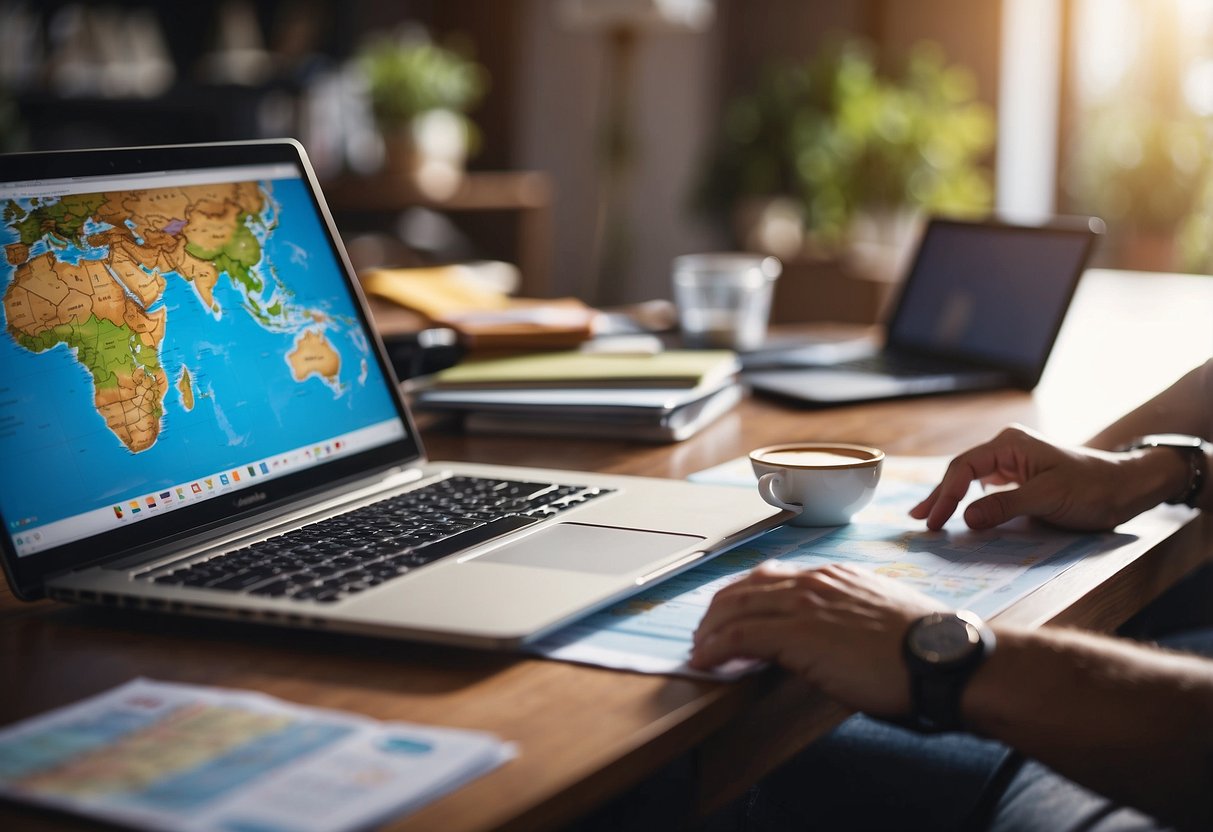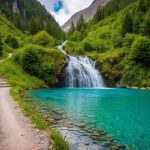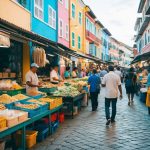How to Create a DIY Travel Itinerary: Essential Tips and Tools
Booking Flights and Accommodation

Planning trips involves booking both flights and accommodation strategically to minimize costs and maximize convenience. Using flight comparison tools and choosing lodging in the right area are key components.
Utilizing Flight Comparison Tools
Flight comparison tools make finding the best deals on flights a more straightforward process. Platforms like Google Flights, Skyscanner, and Kiwi allow travelers to compare prices from multiple airlines. These tools provide various filters to narrow down options based on departure times, layovers, and cabin class.
The features of flight comparison tools often include interactive maps and the ability to track price changes. Users can also set up alerts to be notified when prices drop. Booking flights through these platforms is simple, as they direct users to the airline’s website for final booking confirmation, ensuring the best possible fare.
Securing Lodging in Strategic Locations
Booking accommodation in strategic locations is essential for convenience and access to attractions. Travelers can choose from hotels, hostels, and vacation rentals based on budget and preferences. Centrally located lodgings often reduce travel time and costs, providing easier access to key sites and public transport.
It’s useful to research and compare accommodations on various booking platforms to find the ideal place. Reviews and ratings offer insights into cleanliness, service, and amenities. Securing early bookings can also provide better deals and a wider selection of rooms. Ensuring that accommodation aligns with the traveler’s itinerary helps optimize the travel experience.
Mapping Out Your Journey
Planning a travel itinerary involves detailed route planning and using interactive tools to visualize your trip. This assists in ensuring you visit all desired attractions and activities.
Creating a Route with Main Attractions and Activities
Begin by listing all the main attractions and activities you wish to experience. Use a map to pinpoint these locations and see how they can fit into your planned route. Prioritize sites based on their importance and proximity to one another. Google Maps can be an effective tool for this purpose. It allows travelers to easily locate points of interest and determine the most efficient path between them. Additionally, consider the opening hours and peak times of attractions to avoid long waits and ensure a smooth visit. This method helps in creating a realistic and enjoyable itinerary that covers all must-see spots without unnecessary detours.
Using Interactive Tools to Visualize the Trip
Interactive tools like Google Maps are invaluable for visualizing your trip. By marking all planned activities and attractions on a digital map, travelers can get a clear overview of their route. This prevents redundancy and helps in identifying potential adjustments to optimize travel time. Layers in Google Maps enable the addition of various details like accommodation locations and dining spots. These tools can also provide real-time traffic updates, helping you avoid delays and make timely adjustments. As a result, you can refine your route dynamically, ensuring an optimized and well-coordinated travel experience.
Transport and Local Navigation
When traveling, deciding between renting a car or using public transportation is crucial. Local traffic and transit systems significantly impact the ease and efficiency of getting around.
Renting a Car Versus Public Transportation
Renting a car provides flexibility and convenience, especially in areas with limited public transportation. It allows for spontaneous travel and access to remote locations. Costs include rental fees, fuel, and parking. Car rentals come with insurance options, which should be reviewed to understand coverage and potential liabilities.
On the other hand, public transportation is often more cost-effective and environmentally friendly. It includes buses, trains, and trams, offering routes that connect major points of interest. Tickets can be purchased for single trips or as multi-day passes. It is essential to understand the public transport schedule to avoid delays and plan your journey efficiently.
Understanding Local Traffic and Transit Systems
Local traffic conditions and transit systems vary widely between destinations. High-traffic areas can cause significant delays, impacting travel plans. It is important to research peak traffic hours and alternative routes. Navigation apps provide real-time traffic updates, aiding in efficient travel.
Public transit systems might have complex routes and schedules. Familiarizing oneself with local transit maps, schedules, and fare systems is beneficial. Some cities have comprehensive apps providing real-time updates on public transport services. Understanding local traffic laws and norms is also crucial for those who choose to rent a car, ensuring compliance and safety while navigating new areas.



